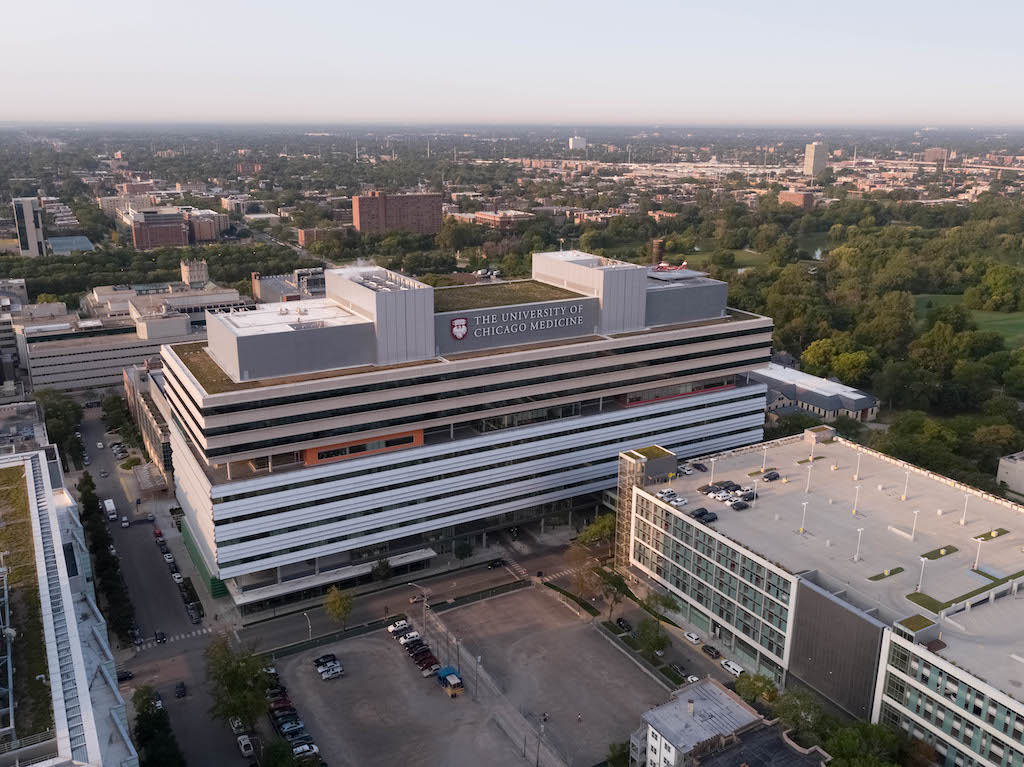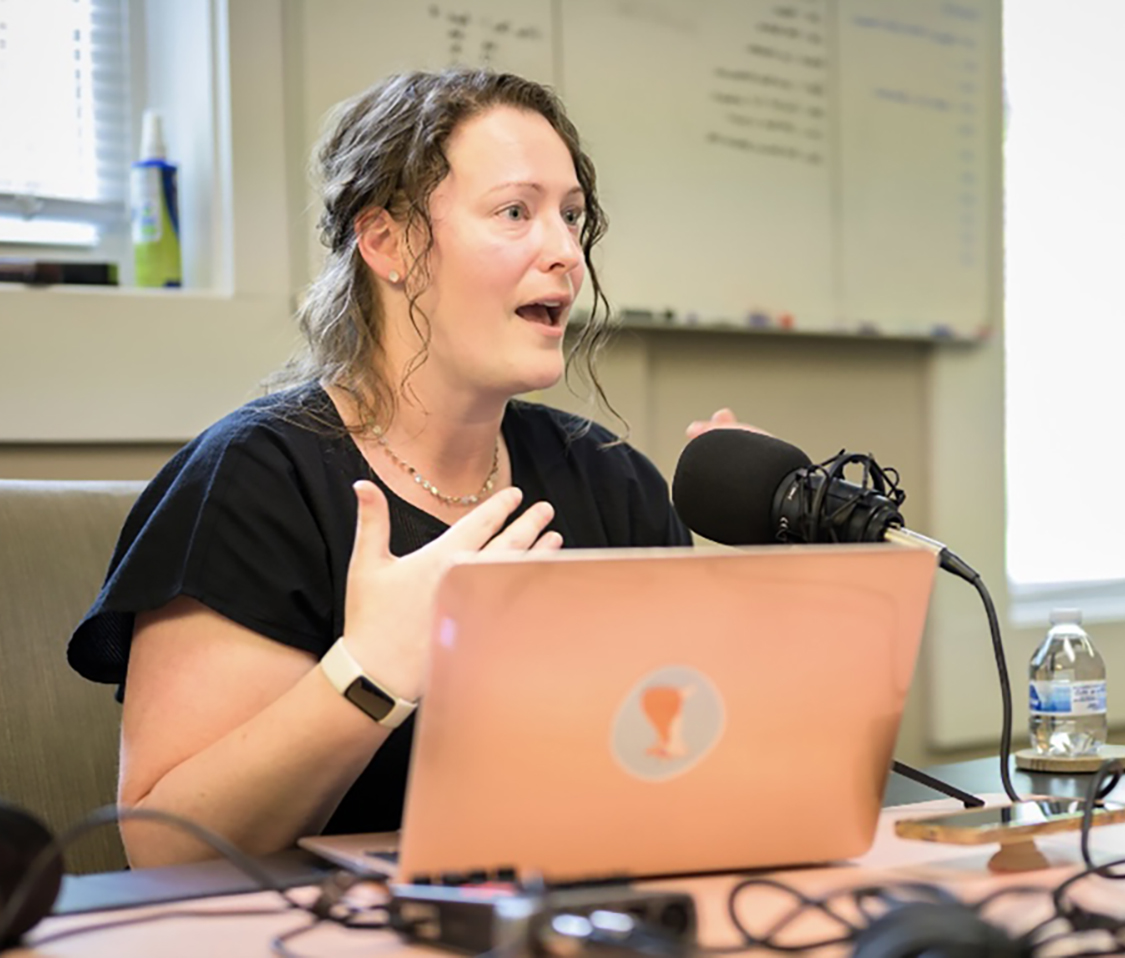As financial considerations increasingly drive decision-making across the healthcare industry, fewer and fewer areas remain that have not undergone efficiency analyses.
Kelly Hynes, MD, an orthopedic surgeon and associate professor of orthopedic surgery at UChicago Medicine, was surprised to learn that one such area was room allocation for ambulatory patient visits.
“It’s mindboggling that people haven’t looked into this question of room allocation before,” says Hynes, a graduate of the Master of Science in Biomedical Informatics (MScBMI) program. “There’s almost no research on the topic. Clinic rooms are a premium resource and yet we have no strategy for how ambulatory space should best be allocated to providers.”
There are nearly one billion ambulatory visits each year in the United States—roughly 400 visits for every 100 persons—with such visits defined as medical care provided on an outpatient basis, ranging across diagnoses, consultations, treatments, and more.
Hynes, in her non-clinical role as ambulatory medical director, has helped set clinic schedules for her department, linking providers to the rooms in which patients are seen. Targets set by hospital administrators set goals for the daily number of patients cycling through each clinic room.
“We worked hard to meet those targets for room utilization,” Hynes says. “And what was really frustrating was that we weren’t making any progress. That’s why, when it came time for my health informatics capstone project, focusing on room allocation seemed like a great way to do valuable research and also make an impact.”
Linking health expertise to health informatics
Hynes’s early exposure to medical informatics came during non-clinical work at the University of Chicago, through informatics projects related to order sets and streamlining clinical workflows. When she decided to go deeper into the area, she saw the MScBMI program as an ideal way to formalize her understanding.
“It wasn’t that I wanted to do the most technical aspects of informatics,” she says. “I just wanted to understand the theory behind how we’re getting this work done. From there, my hope was to thoughtfully lead these projects and understand what goes into these changes to make them happen.
“Essentially, my focus in the biomedical informatics program was on the healthcare delivery stream, because that’s what fits with a lot of the administrative leadership roles that I have.”
Hynes completed the program as a part-time student working full time as a surgeon at UChicago Medicine. She calls the part-time approach “very feasible” and highly recommends the program to healthcare professionals already working.
“I think there’s a huge need for folks who have health informatics expertise,” she says. “Bringing a healthcare background together with informatics is going to be increasingly valuable moving forward and I’m trying hard to inspire my students and residents to do it.”
More patients, more surgeries, more revenue
Hynes’s capstone project, “Ambulatory Space Utilization—Data Driven Optimization,” set out to analyze room utilization across two University of Chicago departments of orthopedic surgery. With room use efficiency as the goal, she developed a Tableau dashboard using electronic medical record (EMR) data comparing each provider’s visits per month with their room allocation.
She determined that the number of rooms assigned to providers did not in every case align with the number of patients they were able to see.
“While some providers see forty to fifty patients a day, others see only twenty, even if they all might each be assigned four rooms to see patients,” she says. “It means there was often no way for the provider seeing fewer patients to meet their room utilization goals. My project’s objective was to look critically at how much space each provider actually needs and identify the space that wasn’t being well-utilized.”
Leveraging skills gained through her MScBMI coursework, Hynes developed a model that showed that a potential 530 additional visits could take place each week at the two UChicago orthopedic surgery locations.
“That’s 27,300 additional patient visits every year,” she says. “That’s really shocking. People think we don’t have enough space, but actually, it’s just not being utilized well.”
In addition to giving more patients the care they need, the extra clinic visits lead to more revenue for the hospital. Hynes calculated that the additional visits could bring in more than $3 million. What’s more, for surgical departments like Hynes’s, the main revenue source comes from performing surgeries—and those too were slated to increase with greater patient throughput.
Huge potential for growth
Since the project’s implementation, Hynes calculates that nearly half of the extra space she identified is now in use. In fact, the project has proven so successful that the department is now running up against other growth-limiting factors. One such factor is the lack of space for additional provider workstations, while an even larger challenge is the finite number of x-rays that can be taken each day. Hynes says the x-ray system is close to maximum usage.
“We’ve found a balance for the time being,” she says. “But the limitations we’ve encountered mean we’re not going to get to 100 percent room utilization. These are things we anticipated, so now we’re trying to streamline our workflows better and also find new ways to get imaging done without disrupting clinic flow.”
At the end of the day, the real reward for Hynes has come from seeing her capstone project through from start to finish and experiencing firsthand the positive changes it’s given rise to.
“There’s still huge potential for growth,” she says. “And now that we can really show, using data, how hard we’re working to improve clinic throughput, our requests for resources stand on much stronger ground. The next step will be finishing up my manuscript, submitting it to journals, and hopefully finding time to present my findings at conferences to informaticists.”
The UChicago Biological Sciences Division (BSD) will oversee any future programming. Please visit the BSD website for more information about their offerings.



